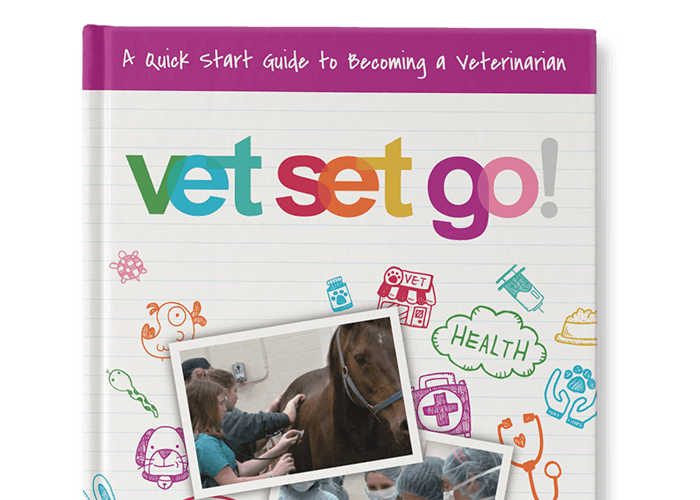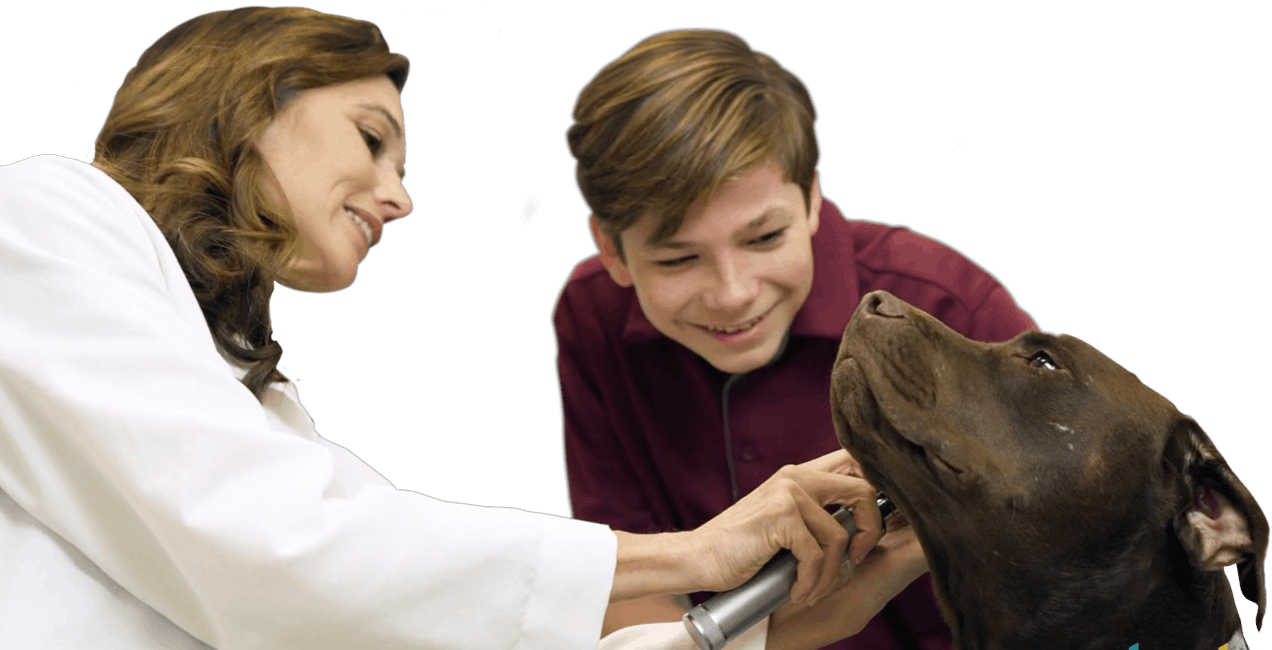Imagine this situation. You are ambulatory equine veterinarian who has just arrived at the barn of your favorite client and he tells you his horse hasn’t been eating well for a number of days. In fact, today, the horse has been constantly looking at her side and she has also been biting and kicking at her belly. What’s going on? The truth is, you’ll never be able to help this patient without a good understanding animal anatomy and physiology.
Anatomy is the study of the structures associated with an animal’s body. Physiology is the study of the function of each of these structures. Animal bodies are some of the most beautiful and complicated machines there are. In order for these machines to work, they must have all of their parts functioning properly.
Animal anatomy is the foundation of veterinary medicine and perfect subject for a future veterinarian to start exploring today.
As the veterinarian in the example above, when you examine your equine patient, you must be able to visualize where the problem may be and what anatomic structures might be affected. What structures are in the belly? What could be wrong with them? A solid understanding of anatomy is the starting point for making your diagnosis. Anatomical knowledge will help you recognize abnormalities in this patient. First by or by palpating (physically examining) the animal, then, perhaps, by looking at radiographs (x-rays) or ultrasounds images. What anatomical feature is not how it should be or not working properly? Once you know this, you can begin to treat you patient and relieve its suffering.
Animal anatomy is the foundation of veterinary medicine and perfect subject for a future veterinarian to start exploring today. Why? There is so much flexibility in how you learn! You can focus on a specific animal, a specific part of the body (e.g. the heart, the eye, etc.), or specific organ system (e.g., the skeletal system, the digestive system, the muscular system, etc.). You can go at your own pace and use all kinds of learning aids from anatomical flash cards to animal anatomy coloring books. And now, there is an an online course made just for a you.
Vet Set Go has created the first on-line animal anatomy course for teen aspiring veterinarians. This course leverages the "Beneath the Skin, Scale, Fur & Feather" activity book to teach anatomy to students in a fun and original way. In each lesson, students explore a structure of the body in dogs and then learn how this organ system has adapted in other animals. For example, in chapter two, we look at the arms (forelimbs or front legs) and see how the structure of the arm changes based on how the animal moves – either on land, in the air, or in water. Students see that animals have the same bones but they all look different!
Unlike other animal anatomy courses, students will see and explore more than just the anatomy of dogs, cat or horse. As they go through the lessons, they will compare the bones in the neck of a giraffe to the same bones in neck of a horse, they will see the four chambered stomachs of cows and the two stomachs of birds, they will compare the four-chambered heart of mammals to the three-chambered heart of amphibians, and so much more. Animals from anteaters to dolphins are featured in this course.
Each lesson features beautiful and precise medical illustrations that were created just for this course. They were reviewed and approved by veterinary anatomists to be accurate. To aid in learning, these same illustrations are featured in the "Beneath the Skin, Scale, Fur & Feather" coloring book that student will use as a resource and training aid.
Sign up today and start learning your way around an animal!









Comments Add Comment
Want to add a comment?
In order to comment you need to login or join Vet Set Go